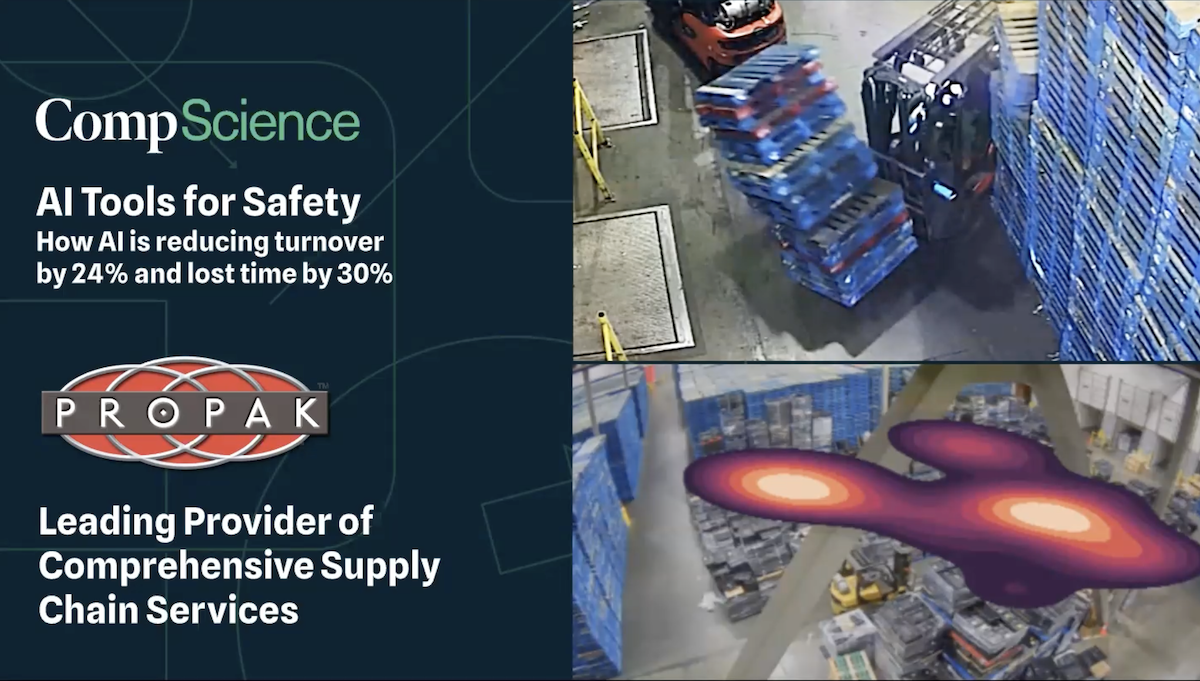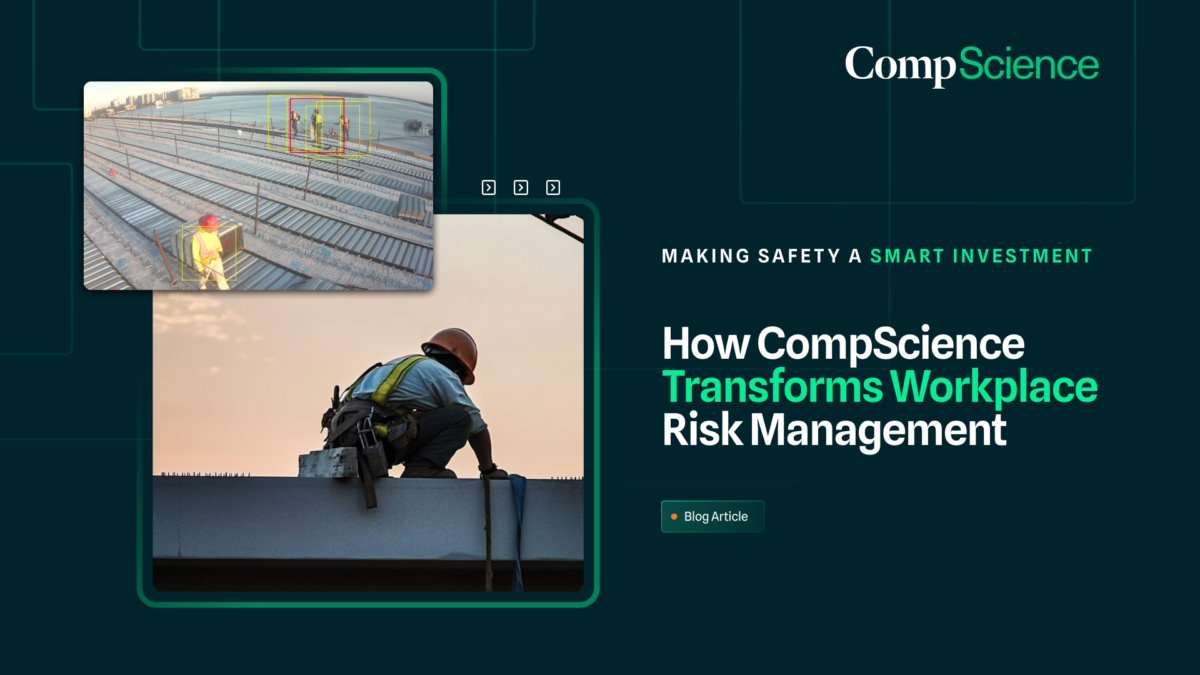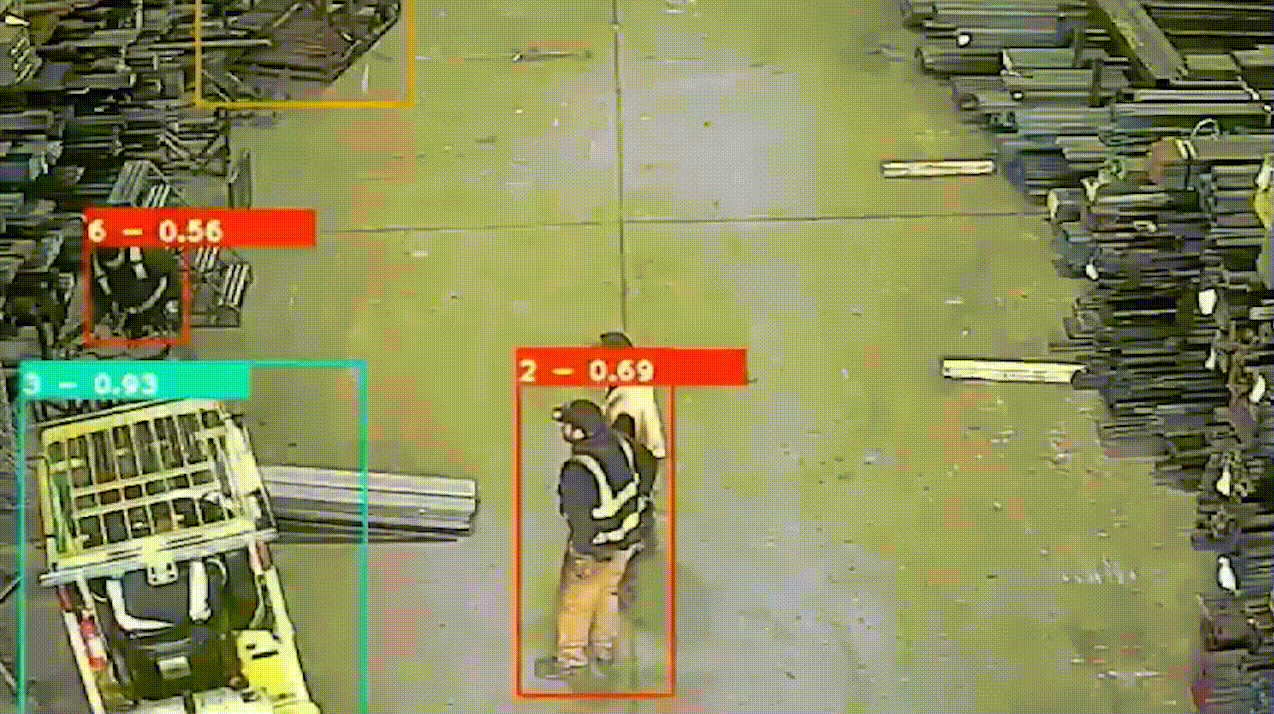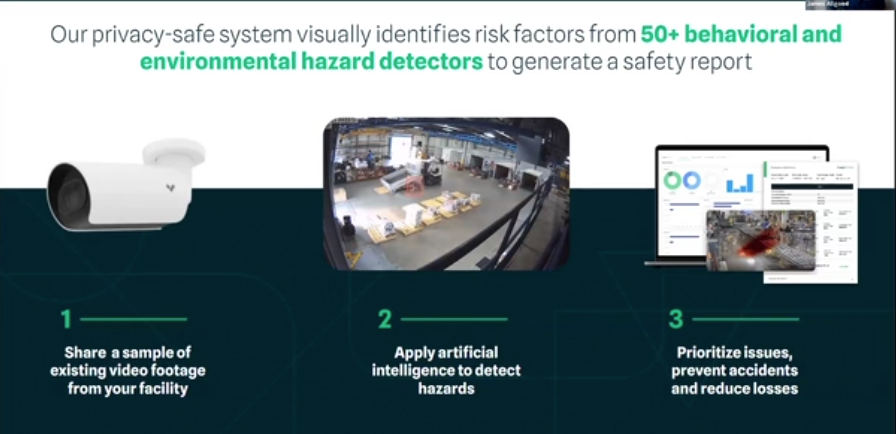14 Types of Poor Ergonomics in Industrial Settings
Poor ergonomics in industrial settings can manifest in various forms, leading to discomfort, injuries, and reduced productivity among workers. Get a demo of CompScience to understand how poor ergonomics can be reduced.
Here are 14 common types of poor ergonomics in industrial settings:
- Awkward Postures: Workers may be required to maintain awkward or unnatural body positions while performing their tasks. This could include excessive bending, reaching, twisting, or overhead work, leading to muscle strain and increased risk of musculoskeletal disorders.Repetitive Motions: Tasks that involve repetitive movements, such as assembly line work or data entry, can lead to repetitive strain injuries (RSIs) like carpal tunnel syndrome and tendonitis.
- Heavy Lifting and Manual Material Handling: Lifting heavy objects without proper techniques and equipment can cause back injuries and hernias. Poorly designed lifting tasks can put unnecessary strain on workers’ bodies.
- Inadequate Workstation Design: Workstations that are not adjustable to accommodate individual worker’s height, reach, and preferences can lead to discomfort and poor posture.
- Vibration Exposure: Workers who operate vibrating machinery or tools may experience hand-arm vibration syndrome (HAVS), causing numbness, tingling, and reduced grip strength.
- Insufficient Rest Breaks: Lack of regular breaks can prevent workers from recovering, leading to increased fatigue, reduced concentration, and potential safety hazards.
- Poor Lighting and Glare: Inadequate lighting or excessive glare can cause eye strain, leading to headaches and reduced visual acuity. It can also increase the likelihood of accidents and errors.
- Inadequate Personal Protective Equipment (PPE): Ill-fitting or uncomfortable PPE can discourage workers from using them correctly, compromising their safety.
- Noise Exposure: Constant exposure to high levels of noise in industrial settings can cause hearing loss and other health issues.
- Inadequate Training: Insufficient training in proper work techniques, manual material handling, and workstation setup can lead to incorrect practices and increased risk of injuries.
- Uncomfortable Seating: Workers who spend long hours sitting on uncomfortable chairs may experience back pain, poor posture, and decreased productivity.
- Temperature Extremes: Working in environments with extreme temperatures can affect worker comfort and performance.
- Lack of Movement and Physical Activity: Sedentary work habits can lead to health issues such as obesity and cardiovascular problems.
- Poor Communication and Teamwork: Inadequate communication between workers and management can lead to misunderstandings and errors, impacting productivity and safety.
- Inadequate Maintenance of Equipment: Faulty or poorly maintained equipment can increase the risk of accidents and injuries.
Learn more about the How Poor Ergonomics Affect Workers.
Addressing poor ergonomics in industrial settings is crucial for promoting the health, safety, and productivity of workers. Employers should prioritize ergonomic design principles, conduct regular assessments, provide appropriate training, and encourage an open dialogue with employees to identify and address any potential ergonomic issues. By investing in worker well-being and ergonomic improvements, industrial businesses can create a more conducive and efficient working environment while reducing the risk of injuries and associated costs.









